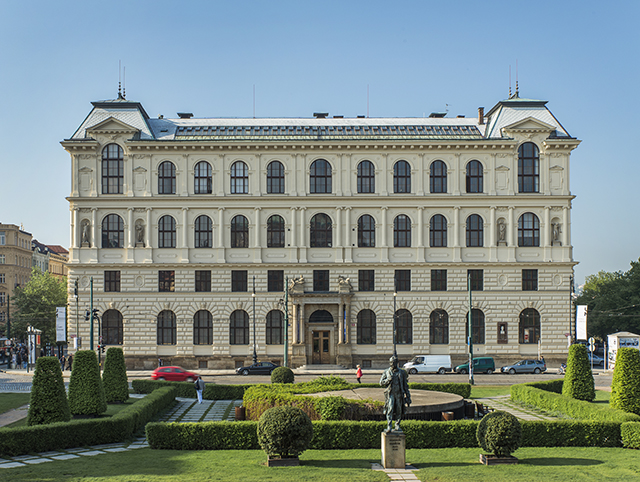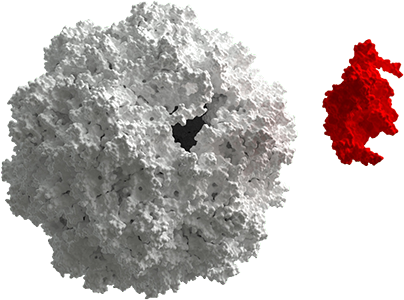
I´m pleased to announce that I just finished my master studies at AAAD / UMPRUM in Prague.
Here is a description of my diploma work I showed at the graduation show in the “Glass studio”.
My work consist´s of three separate parts, but all of them are connected to the topic, which is “Science in the field of applied arts”.
This theme came out from my interest in popular science I have since 2006. I have red many books focused at the theoretical subjects from many different fields of science. In general my favorites are Math, Theoretical Physics, Biology and new Advanced Technologies. More specific these are String theory, Hyperspace, Deterministic chaos, Quantum mechanics, Theory of relativity or space division (Platonic / Archimedian solids, their higher dimension representatives),Crystallography (tiling and lattices).
Three projects I showed at graduation show are Fullerene doses, Lindemayer System decorative drink set and Phyllotaxis lighting. Their first word in name came from the subject of inspiration for a given case.
#1 Fullerenes are doses which were designed for press molding and machine cutting at Czech company
BOMMA. The whole pattern which determinate’s mathematical formula, came from the space division of
geodetic domes. These structures “Fullerenes” are named and best known because of American architect Buckminster Fuller, who used them during post WW2 period, for EXPO pavilions and in his visions for future architecture. The natural structures
Fullerenes were named because of their popularizer and does use the same geometry for carbon molecules. They were predicted in 70’s and discovered during 80’s.
#2 Drinking set inspired by
Lindenmayer’s systems, is composed of six types of glasses for different types of wines, water and beer, in addition, there are jug for water or beer and carafe for wine. Whole set does use historical look with plant illustrations on it. This decoration looks to fit the historical period, but it’s sandblasted decors are based on the mathematical graphical algorithm of Lindenmayer’s systems, they are typically used for computer modeling of plants. This method of modeling works on the principle of fractals and it is possible to generate natural species as well as artificial ones.
The formulas and variables used for generating exactly these plants were sandblasted on the foot of each single glass. This was made to surprise the user, because these at the first sight poetic looking plants waving in the summer wind, can be mathematically described by simple formula.
#3 The last project is
Phyllotaxis, this design was made in cooperation with Czech company
Lasvit. This was planned to be a kinematic lighting sculpture with physical glass mirror triangles move-able in one direction to make an animation all togeather. The whole concept is based on 3m in diameter parabolic shape divided in to triangles 600 triangles. The division came from phyllotaxy, the mathematical model of the leaf and seed placement in the blossom. This simple formulas does use Fibonacci sequence numbers and hyperbolic spirals in opposite directions to generate the most efficient division of the plane during the growth.
This method allows me to easily build-up a program made of structure of modules which determinate’s the shape trough variables in it, so you can easily and precisely change the whole setup without manual modeling.

